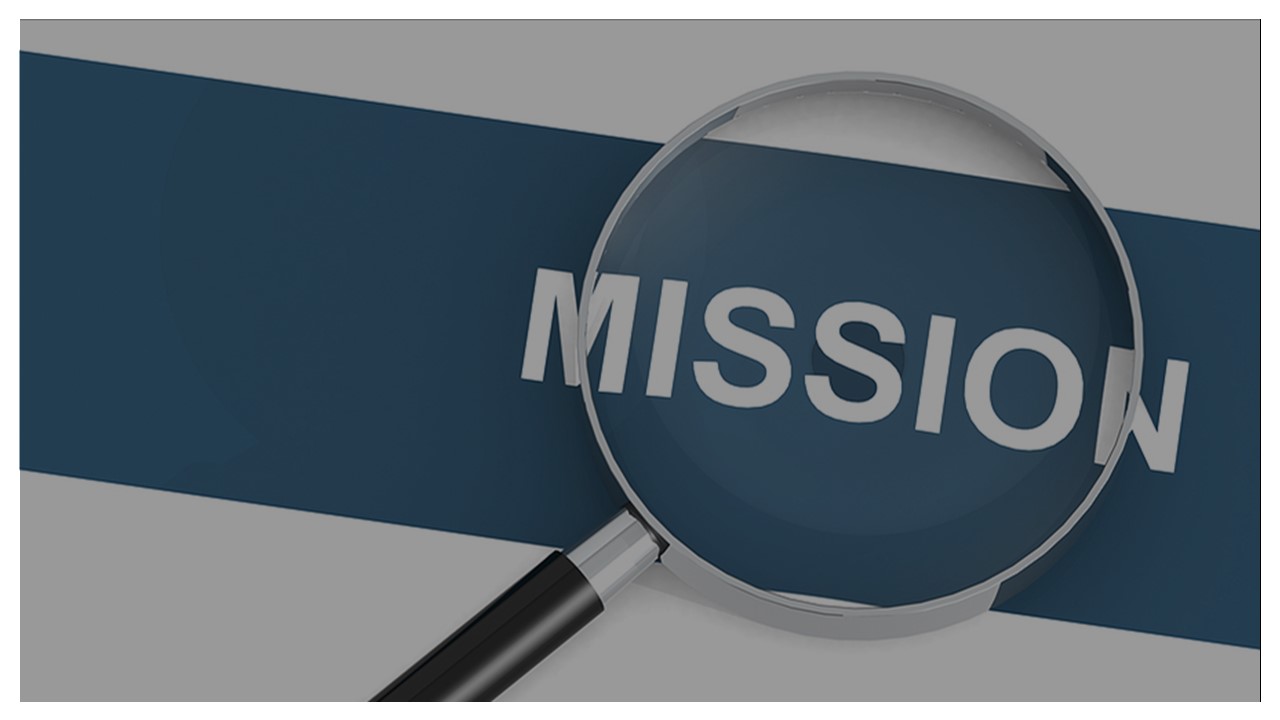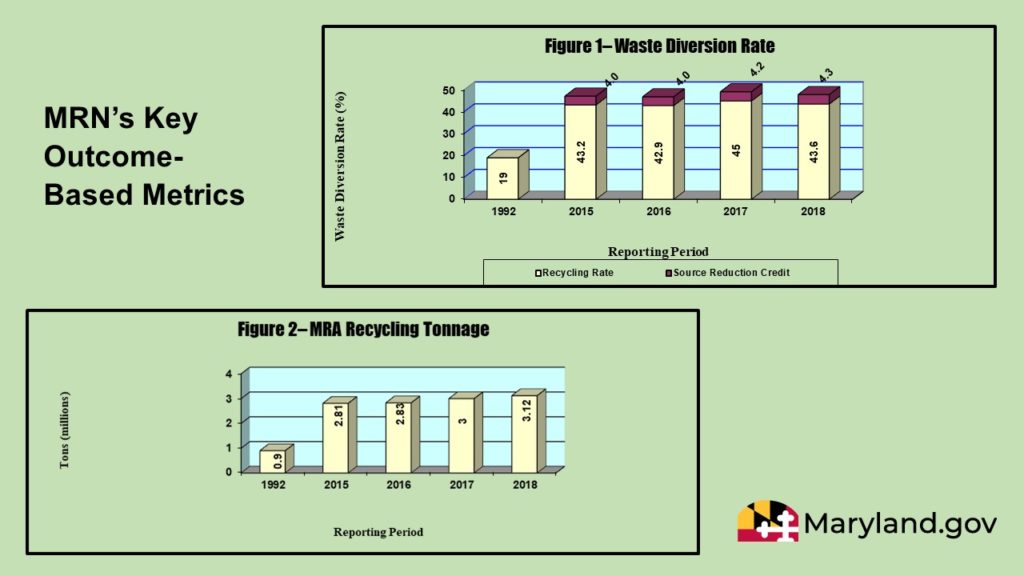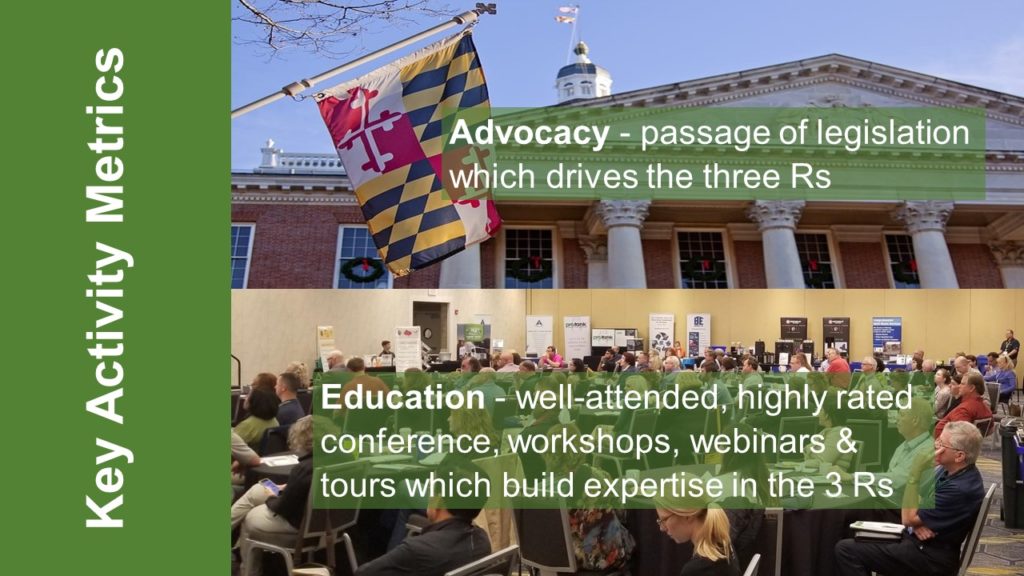We all know that our chapters do a lot of stuff, but is what they are doing effective? Are they moving the mission through their efforts or are they just checking all the boxes to satisfy the organizational metrics?
Here’s a story about one association that found the secret to counting what counts.
Background: The Maryland Recycling Network is a local state group of recycling professionals and citizens whose mission is to promote the sustainable reduction, reuse and recycling (the 3Rs) in Maryland. Their vision is that materials otherwise destined for disposal in Maryland are reused or recycling. Very focused goals.
MRN is on the right track. They know the “why” of their organization. They also understand that MRN members are very passionate about these goals, so the question now is where should they focus their efforts: around organizational or mission metrics or both? Sure, both are important, but why have an association if you aren’t serving the mission and members first?
For MRN, the answer was to focus first on the mission, then organizational metrics.
Process: MRN first determined the key metrics to follow were Maryland’s waste diversion rates and recycling tonnage, both of which are directly connected to the mission. Fortunately for MRN, both are measured by the MD Department of the Environment, so the data is readily available.
Once this was established, the board had to decide how MRN was able to contribute effectively, i.e., where they should focus efforts and what key activity metrics could they easily count to be sure they were moving the mission and serving the member.
The answer: advocacy and education
Advocacy: MRN began working with Maryland legislatures to ensure the passage of sensible legislation that would achieve stated goals without creating unintended consequences that could hobble progress. Their metrics to track were easy to identify: the results at the end of the legislative session, e.g., what bills were passed, stalled, withdrawn, or just never got out of committee. Their efforts including offering insights via letters, testimony, and participation in workgroups whenever needed. Over the past several years, MRN has established itself as an important partner — legislatures now reach out for their input — in the drive to improve the 3Rs in Maryland.
Education: As with most associations, MRN offers educational opportunities (annual conferences, workshops, webinars, facility tours) and resources to help members learn and share information on how to do things better, faster, cheaper, etc. These opportunities also provide connection points between vendors and agencies helping promote the latest tools and equipment. Metrics MRN is tracking: event attendance, and most importantly, satisfaction in the quality of the events and resources available to the members. Also measured is the continuity in sponsor support and attendance.
Yes, MRN does track financial, membership, and communications metrics; however, the focus is on the mission metrics first. MRN is tying what they are measuring back to the “why” of the association. In other words, MRN is measuring what matters.
How does this story relate to your chapters? While state recycling organizations share a common mission, they do not apply a cookie-cutter approach. Most do some level of advocacy and education, but they may also engage in certification, public outreach, and other activities depending on local need, interest and capacity. By focusing your association’s attention on mission metrics, you assure that each chapter concentrating its limited resources on activities that effectively move the mission and serve its members. Checklists of operational metrics divert time and effort to work that may not be moving the ball. Check out the story of two chapters as an example.
p.s. Here are some more resources on why chapter benchmarking is important as well as the story of a chapter benchmarking project already in progress:
- What’s the Point of Chapter Benchmarking?
- 5 Prerequisites for a Chapter Benchmarking Project
- What Does a Well-Designed Chapter Self-Assessment Tool Look Like?
- You’ve Got Their Data. Now What? 3 Transformative Steps in a Chapter Benchmarking Project


